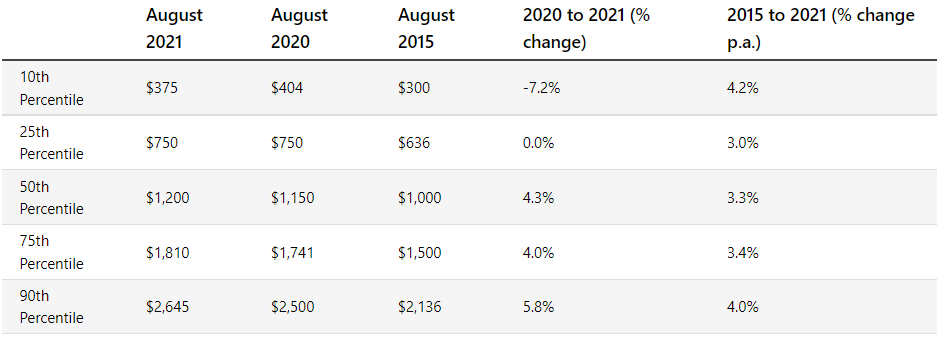The ACTU and the Business Council of Australia have indicated they hope to use the federal government’s employment summit in September to implement a co-operative agenda that will see growth in productivity and higher wages.
Prime Minister Anthony Albanese says the key to achieving such a “grand bargain” is a government that is willing to broker it, and that brings people together.
Albanese claims he has always said that unions and businesses have common interests, and that the best way to boost both wages and profits without putting pressure on inflation is by increasing productivity:
Asked what he believed was needed for such a “grand bargain” to be struck between bosses and their workers, the Prime Minister told Sky News on Sunday: “The key is a government that’s prepared to broker it, that looks to bring people together.”
“I’ve said that business and unions have common interests. Business can’t succeed without workers, and without a collaborative relationship through workers’ representatives, through the trade union movement, and if you don’t have successful businesses, you haven’t got union members,” Mr Albanese said…
[We need to] support a work environment that acts in the interests of small businesses and what they need, but also in the interests of workers, who contribute to the success of those businesses”.
The most contentious issue at the upcoming employment summit relates to Australia’s ‘skilled’ visa system.
Business groups have called for skilled migration levels to be lifted significantly for at least the next two years. By contrast, the unions last week pushed back against the business lobby’s push, instead calling for the minimum income for temporary skilled visa holders to be lifted above the median full-time salary (currently $83,000) to $90,000. This is up from the appallingly low current level of $53,900.
The only policy change that the Albanese Government needs to make is to set the skilled migrant wage floor for both temporary and permanent skilled migrants at the 75th percentile of median earnings, which was $94,120 as at August 2021 according to the ABS (see table below).

Setting the migrant salary floor at this higher level would ensure Australian firms only import migrant workers to fill highly skilled professions. It would also eliminate the need for labour market testing or maintaining bogus skilled occupation lists, which are routinely rorted anyway.
By raising the quality bar on skilled migrants, immigration flows would be reduced, which is what Australians want, while also maximising benefits to the federal budget and broader Australian economy.
Sadly, business groups will never agree to this higher skilled migrant wage floor, since it undermines its goal of suppressing wages to maximise profits.
Business groups instead want an expansion of the pre-pandemic mass immigration program, which Alan Kohler explained was “largely an industrial strategy designed to suppress wages and to protect the project they had to crush unions”.
In short, business groups seek the immigration equivalent of WorkChoices 2.0.
Hopefully, the Albanese Government sides with unions over the business lobby with regards to skilled visas. I am not hopeful, however, given Labor’s entire economics team – Jim Chalmers, Andrew Leigh and Andrew Charlton – are all pro Big Australia immigration.

